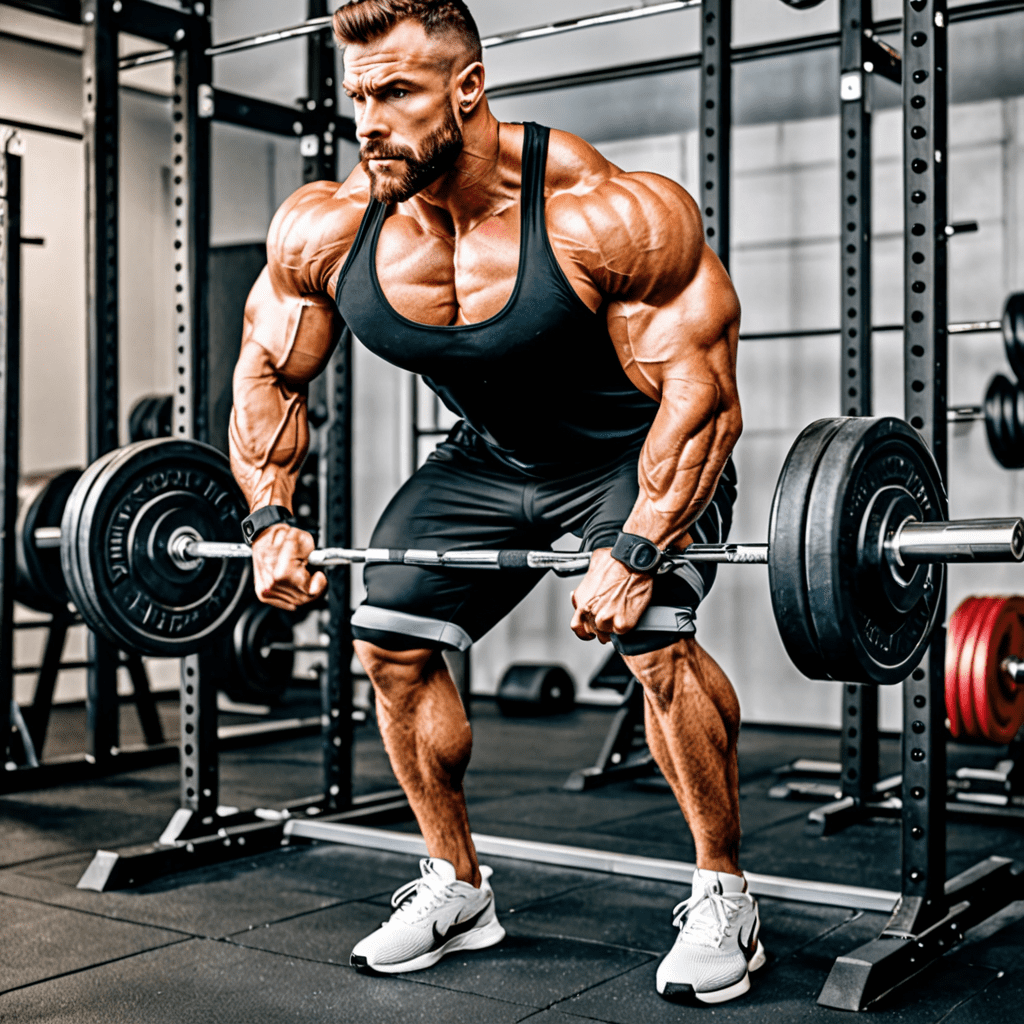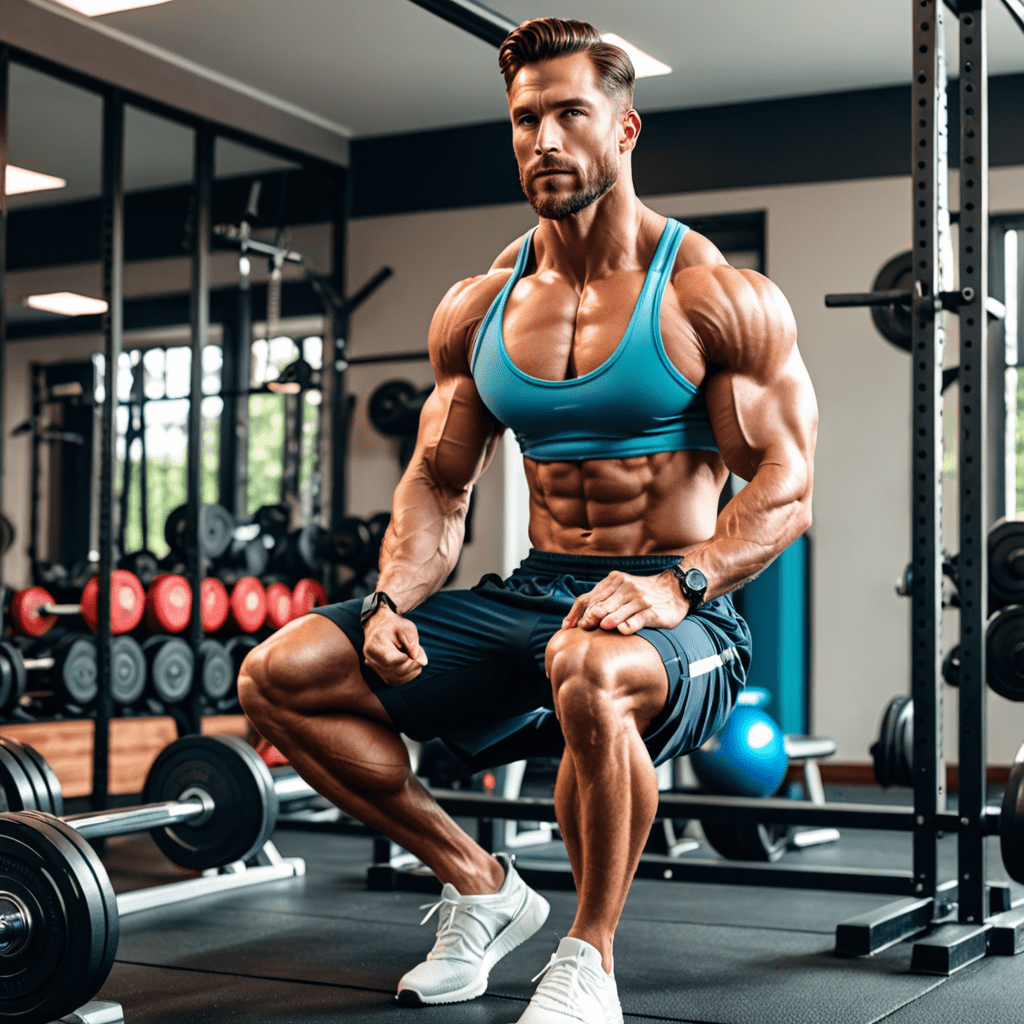1. Introduction: Cardiovascular Exercise and Muscle Growth
Cardiovascular exercise, often referred to as cardio, plays a multifaceted role in enhancing muscle development. It improves cardiovascular health, promotes fat loss, and enhances nutrient delivery to muscles, creating an environment conducive to muscle growth. By incorporating cardio into a well-rounded fitness regimen, individuals can optimize their muscle-building efforts.
2. Benefits of Cardiovascular Exercise for Muscle Development
Cardiovascular exercise offers a multitude of benefits that support muscle growth:
Improved Cardiovascular Health: Cardio strengthens the heart and circulatory system, ensuring an efficient supply of oxygen and nutrients to muscles during resistance training.
Fat Loss: Cardio aids in burning excess body fat, revealing underlying muscle definition.
Increased Blood Flow: Cardio enhances blood flow, delivering nutrients and hormones critical for muscle growth and recovery.
- Improved Insulin Sensitivity: Cardio improves insulin sensitivity, enabling muscles to better utilize glucose for energy and growth.
3. Types of Cardiovascular Exercises
There are numerous types of cardiovascular exercises to choose from, including:
Aerobic Exercises: These continuous, moderate-intensity activities include brisk walking, jogging, and cycling.
High-Intensity Interval Training (HIIT): Alternating short bursts of high-intensity exercise with rest or recovery periods.
Resistance Training with Cardio Elements: Exercises that combine resistance training with cardio, such as kettlebell swings and battle ropes.
4. Intensity and Duration of Cardiovascular Exercise
For optimal muscle development, cardiovascular exercise should be performed at a moderate intensity for 20-60 minutes most days of the week. The ideal intensity range is 60-80% of maximum heart rate or a perceived exertion level of 5-7 on a scale of 1-10.
5. Timing of Cardiovascular Exercise in Relation to Resistance Training
The timing of cardiovascular exercise relative to resistance training can impact muscle growth. Performing cardio after resistance training may enhance nutrient delivery to muscles. However, individuals with limited recovery time may find it beneficial to separate cardio and resistance training sessions.
6. Specific Cardiovascular Exercises for Enhanced Muscle Development
Certain cardiovascular exercises are particularly effective for promoting muscle growth:
Hill Sprints: Running uphill at a high intensity improves power and cardiovascular capacity while challenging leg muscles.
Burpees: A full-body exercise that combines a squat thrust, push-up, and jump, targeting multiple muscle groups simultaneously.
Swimming: A low-impact activity that works the entire body, especially the upper back and shoulders.
- Cycling: A great leg workout that can be performed indoors or outdoors with varying intensity levels.
7. Considerations for Individuals with Cardiovascular Conditions
Individuals with existing cardiovascular conditions should consult a healthcare professional before starting any cardiovascular exercise program. Monitoring heart rate and symptoms, such as chest pain or shortness of breath, is crucial. Modifications or reduced intensity may be necessary.
8. Safety Guidelines for Cardiovascular Exercise
Adhering to safety guidelines during cardiovascular exercise is essential:
Warm-up: Begin with 5-10 minutes of light cardio to prepare the body for exercise.
Cool-down: End with 5-10 minutes of light cardio and stretching to promote recovery.
Stay Hydrated: Drink plenty of water before, during, and after exercise to prevent dehydration.
- Listen to Your Body: Pay attention to any signs of distress and stop exercising if necessary.
9. Sample Cardiovascular Exercise Plan for Muscle Development
A sample cardiovascular exercise plan to complement muscle development:
Monday: 30 minutes of moderate-intensity cycling
Tuesday: Rest
Wednesday: 20 minutes of high-intensity interval training (HIIT)
Thursday: Rest
Friday: 45 minutes of brisk walking with hill sprints
Saturday: 30 minutes of swimming
Sunday: Rest
10. Conclusion: The Role of Cardiovascular Exercise in Building Muscle
Cardiovascular exercise plays a crucial role in optimizing muscle development. By improving cardiovascular health, aiding in fat loss, enhancing nutrient delivery, and improving insulin sensitivity, cardio creates a favorable environment for muscle growth. Incorporating cardiovascular exercises into a comprehensive fitness regimen can significantly enhance muscle-building efforts and contribute to a healthier, stronger physique.
FAQ
Can I do cardio every day for muscle growth?
While daily cardio can benefit muscle growth, excessive cardio may interfere with recovery and hinder muscle development. Aim for 3-5 days of moderate-intensity cardio per week.
What is the best time to do cardio for muscle growth?
Performing cardio after resistance training can enhance nutrient delivery to muscles. However, individuals with limited recovery time may prefer separate sessions.
Can I do cardio before and after resistance training?
Yes, but ensure sufficient recovery time between sessions to avoid overtraining. Listen to your body and adjust the intensity and duration of cardio accordingly.



